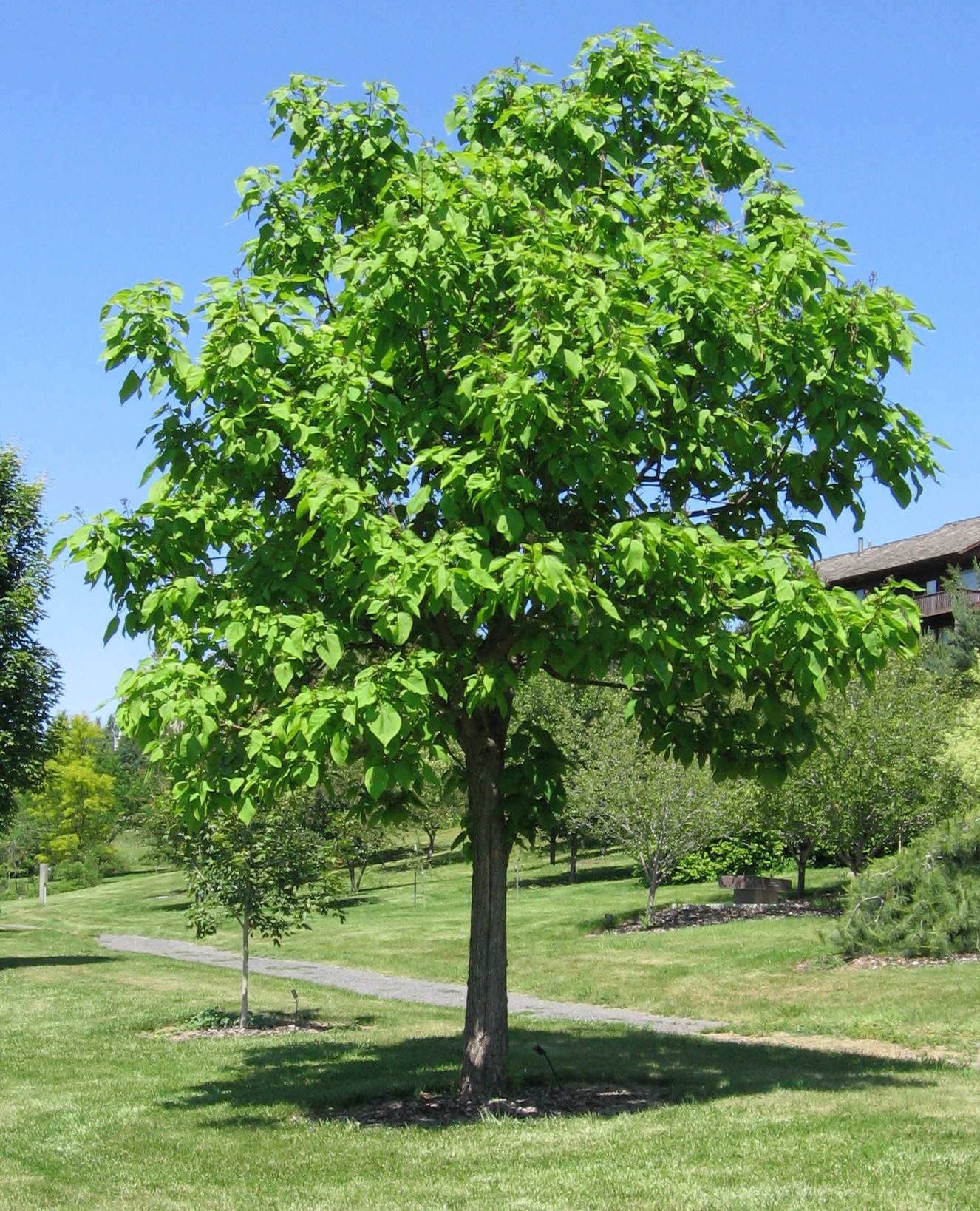southern catalpa tree range
Recommended USDA zones for Catalpa Trees. For comparison Figure 2 provides the original native ranges of both Southern and Northern catalpa.
/GettyImages-1251337179-fab6404e1b1e45b5a44c1c070eedba3d.jpg)
What To Know About Catalpa Trees And Their Worms
It is native to a relatively small area extending from western Tennessee northeastern Arkansas and the lowlands of southeastern Missouri north to.

. Bigleaf Magnolia Magnolia macrophylla 47. Most Catalpa are deciduous trees. Southern catalpa is native to Alabama Georgia Florida and Mississippi.
Catalpa prefers moist deep well drained soil but adapts to dry or wet soils. Catalpa bignonioides commonly called Southern Catalpa is a deciduous tree native to the Southeastern United States in Alabama Florida Georgia Louisiana and Mississippi. Red Mulberry Morus rubra 52.
Flattened seeds with 2-papery fringed wings encased in a distinctive 8 to 14 inches long. The range of the Southern Catalpa has expanded to include parts of New England New York to Ohio the central and southern plains states and many states east of the Rocky Mountains. May be opposite or whorled pinnately veined 5 to 12 inches long.
Southern catalpa Bignoniaceae Catalpa bignonioides Walter symbol. Native Plant Tree Woody Plant Leaf Characteristics. Catalpa trees are 40 to 70 feet 12 to 215 m tall trees with arching canopies and an average lifespan of 60 years.
Southern catalpa trees thrive in USDA zones 5 through 9 and like all deciduous trees shed their leaves in the fall. May be opposite or whorled pinnately veined 5 to 12 inches long. Hardy catalpa is found in the wild in the northeastern and southwest regions of the United States.
Bignonioides is native to the Gulf Coast region from northern Florida across the Mississippi. The southern catalpa can be expected to grow in Hardiness Zones 59. Southern Catalpa Catalpa bignonioides.
Tree Type Mature Size The southern catalpa grows to a height of 3050 and a spread of 2040 at maturity. Southern catalpa grows in Florida Louisiana and other southeastern states. Sweetbay Magnolia Magnolia virginiana 50.
Contents 1 Description 2 Induced defenses 3 Distribution 4 Cultivation and uses 5 History 6 References. The original native range of Southern catalpa was thought to be Southwest Georgia South Alabama South-central and South-East Mississippi and a small area of the Florida panhandle away from the coast. Ogeechee Tupelo Nyssa ogeche 54.
Woody Country Or Region Of Origin. Southern catalpa - Catalpa bignonioides Native Range Border. The trees leaves are arrow-shaped and glossy bright green.
The Tree is a deciduous tree it will be up to 18 m 59 ft high. Free Shipping on Qualified Orders. 12 rows Also known as southern catalpa hardy catalpa western catalpa northern catalpa catawba.
Native to the southeastern United States. Growth Rate This tree grows at a medium to fast rate with height increases of anywhere from 13 to more than 24 per year. Southern Magnolia Magnolia grandiflora 46.
Pyramid Magnolia Magnolia pyramidata 48. Moist well-drained along streams. The soil pH may range from 55 to 70.
Leaves are arranged opposite or in whorls leaves of the Northern Catalpa are opposite and it has some salt tolerance. Water Tupelo Nyssa aquatica 53. Catalpa speciosa commonly called northern catalpa is a medium to large deciduous tree that typically grows to 40-70 less frequently to 100 tall with an irregular open-rounded to narrow-oval crown.
The Southern Catalpa is botanically called Catalpa bignonioides. Native to western China. They have characteristic large heart-shaped leaves which in some species are three-lobed.
Catalpa bignonioides commonly called Southern catalpa is a medium-sized deciduous tree that typically grows to 30-40 less frequently to 60 tall with an irregular broad-rounded crown. Umbrella Magnolia Magnolia tripetala 49. Catalpa bignonioides is a species of Catalpa that is native to the southeastern United States in Alabama Florida Georgia Louisiana and Mississippi.
Medium-sized tree 60-70 x 3-4 dbh. It is native to a relatively small area extending from central Mississippi Alabama and Georgia south to the Florida panhandle. Southern catalpa is native to Alabama Georgia Florida and Mississippi.
The Southern Catalpa is smaller than the Northern Catalpa and reaches about 30 to 40 feet tall. Main branches brash and often break in storms. This is the smaller of the two common varieties of catalpa trees.
The leaves are cordate and the flowers are white. The Southern Catalpa is botanically called Catalpa bignonioides. The best place to grow southern catalpa trees is in full sun or partial shade and well-draining soil.
The tree likes Sun at the location and the soil should be sandy - loamy to loamy. Very durable heartwood used. Ad Compare Prices Read Reviews.
In fall they turn a bright yellow-green. It grows quite large to 70 feet 21 m tall in the wild with an open spread of some 40 feet 12 m. Because they are hardy plants that require very little waterand decorative theyre often grown outside of their native regions.
Common names include southern catalpa cigartree and Indian-bean-tree or Indian bean tree. The deciduous plants are hardy to USDA planting zones 4 to 8 and can tolerate moist soils but are more suited to dry areas. The Southern Catalpa thrives in average medium-to-wet well-drained soil but can tolerate a range of soil conditions as well as regional flooding.
However its adaptable to most soil types. Almost never occurs in wetlands of the Atlantic and Gulf Coast Plain Region. Today this species has naturalized throughout the low woodlands of the southeast.
It is widely planted as an ornamental tree. Southern Crabapple Malus angustifolia 51. Southern catalpa C.
They typically grow to 1218 metres 4060 ft tall with branches spreading to a diameter of about 612 metres 2040 ft. The two species of catalpa tree native to the United States northern and southern catalpa have a current distribution from New Hampshire and Nebraska in the northern United States and across. Like the northern catalpa the southern species grows best in fertile soil.
Very showy white with purple streaks in branched upright cluster arranged in bell-shaped corollas of 5 lobes appearing in late spring. Chinese Catalpa Catalpa ovata. It is widely naturalized from New England and New York to Ohio and the central and southern plains states.
Size range Large tree more than 40 feet Medium tree 25-40 feet Mature height 30-40 feet. Chinese Catalpa Catalpa ovata. They are fast growers and a 10-year-old sapling may stand about 6 metres 20 ft tall.
It is known from New England except Vermont west through New York to North Dakota and south to Texas Colorado Utah and New Mexico east to Georgia and north to Pennsylvania but is not recorded from New Jersey and Delaware.
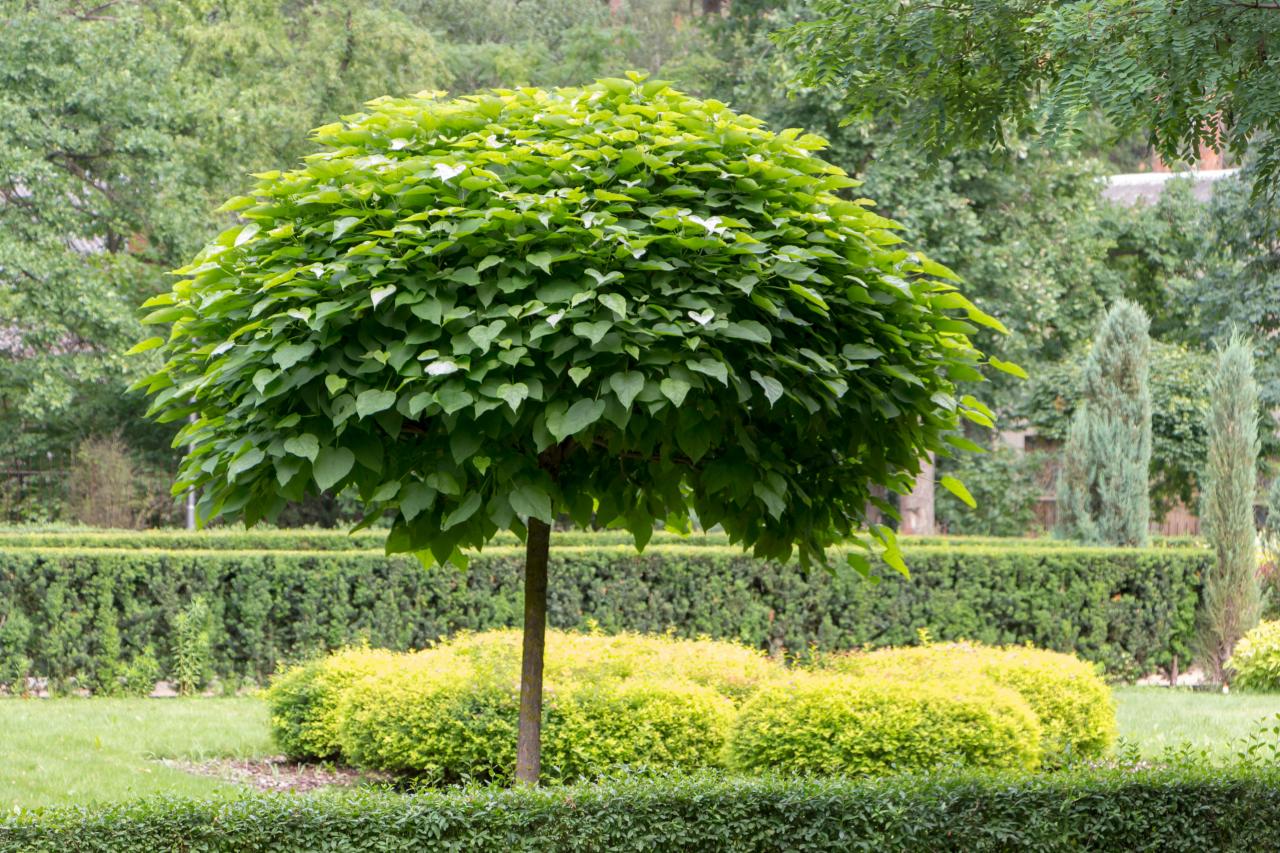
How To Choose Plant And Grow A Catalpa Tree Hgtv
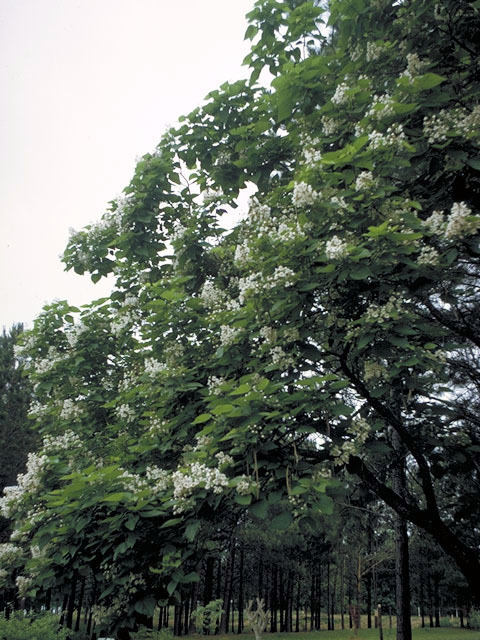
Catalpa Speciosa Tennessee Smart Yards

Southern Catalpa 5 Seeds Catalpa Bignonioides Cigartree Etsy Plantas Resistentes Flores Ornamentais Plantas
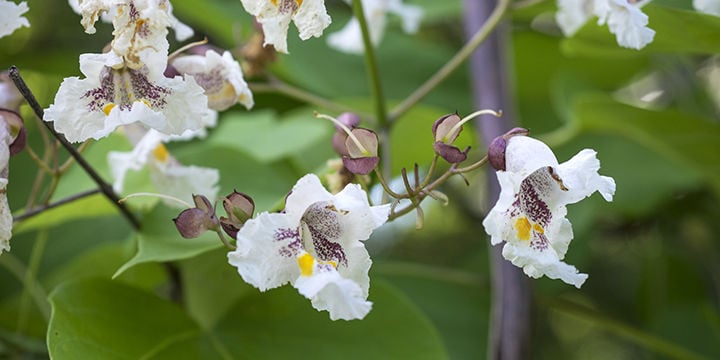
Southern Catalpa Tree Nature Of The Lake Lakemagazine Life

Catalpa Tree And Its Caterpillars Facts From The Stacks

Northern Catalpa Rarely Unnoticed Arbor Day Blog
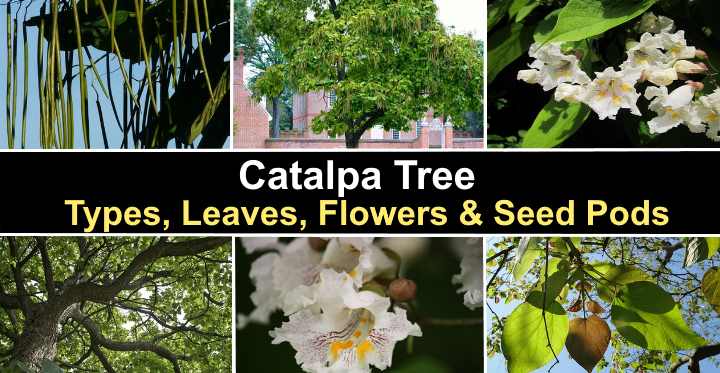
Catalpa Tree Types Leaves Flowers Seed Pods With Catalpa Worms
/northern-catalp-tree-profile-5072953-05-8eb17d9d187e4c0099e5dc38143b4ec6.jpg)
How To Grow And Care For Northern Catalpa

The Catalpa Tree Outside Bryant Hall University Ms Champion Trees Hotty Toddy Tree
Texas A M Forest Service Trees Of Texas List Of Trees
Catalpa Bignonioides Southern Catalpa Native Plants Of North America

Catalpa Fast Growing Strong Tree Stunning Fragrant Flowers Attracts Birds Gives Dense Shade And Grows In A Fast Growing Shade Trees Xeriscape Shade Trees

Catalpa Wikipedia The Free Encyclopedia Bushes And Shrubs Ornamental Trees Seeds
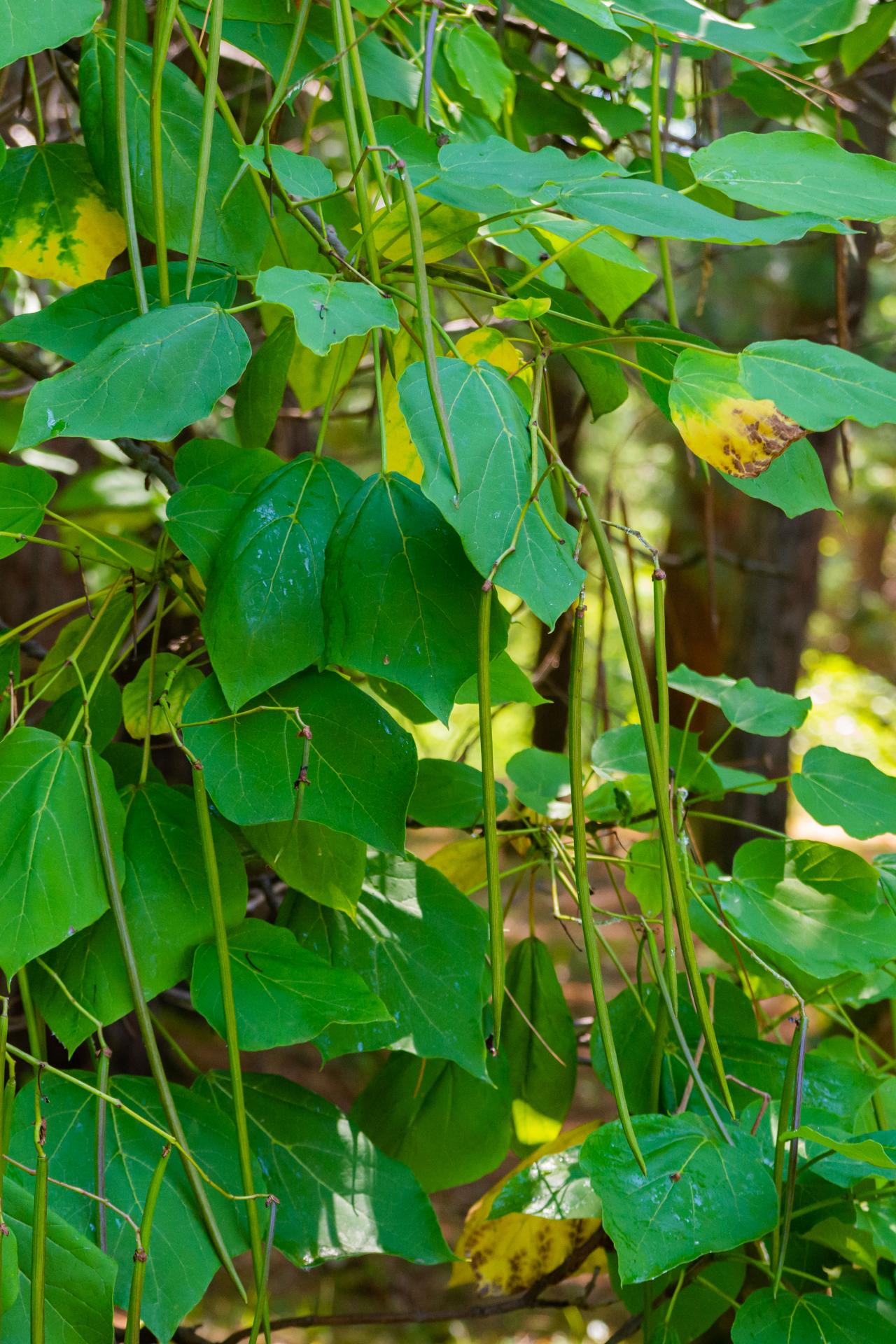
How To Choose Plant And Grow A Catalpa Tree Hgtv

Catalpa Trees Description Habitat Varieties And Problems Lovetoknow

Cucumber Tree Fruit Trees Paw Paw Tree Plants

Southern Cigar Tree Seeds Catalpa Bignonioides 15seeds Etsy Tree Seeds Maple Tree Seeds Ornamental Trees

